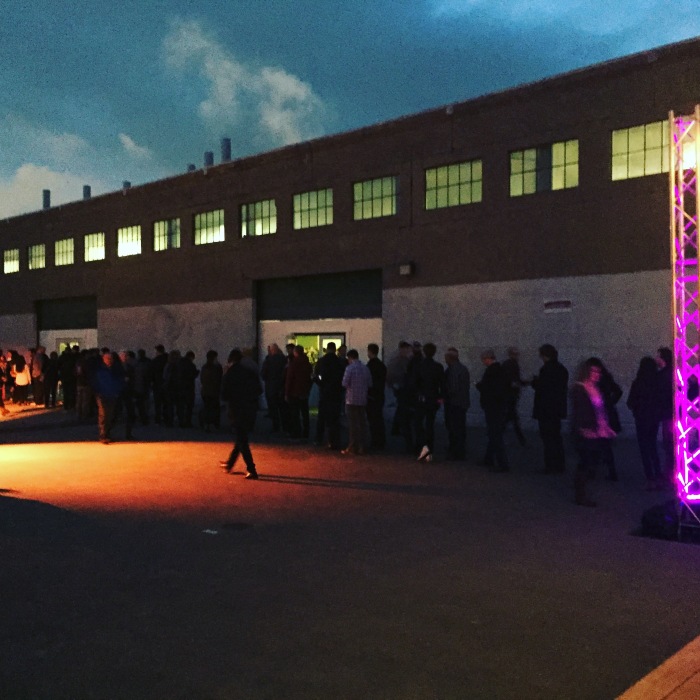Depending on how you look at it, March’s Brewdiligence was either a total flop, or a rousing success.
The explicit goal of this year long project was to pick a theme for each month and stick to it as assiduously as possible. March was supposed to be about European beer of all styles. I wanted to explorer the Old World one pint at a time. I knew going in there would be challenges: access, freshness, lack of familiarity, and cost.
How much the place I live would dictate the month’s research was not something I factored in to this. I have lived in San Francisco for going on four years, but by no stretch do I feel myself to be a part of this city. It’s too dense, there is too much going on, and too many people have been here far longer than I. But just because I am not of this place does not mean it hasn’t effected me. Like many here, I tend not to leave my own neighborhood, let alone the city. Driving somewhere is almost a laughable notion at this point.
I could have walked to my neighborhood Safeway, which, in spite of its negligible cleanliness and inept staff, does have a respectable beer selection. Said selection, though, is not what anyone would describe as continental. They have Duvel, Chimay, and some six packs of Pilsner Urquell, but beyond those it’s mostly domestic beer on the shelves. Also within walking distance of my house is a decent bottle shop. Their variety of European beers outshines Safeway’s, but the prices are high, and many of the bottles are discernibly old. I don’t sling that tech-money like so many in San Francisco do, so I can’t afford to roll the dice on a $15 bottle that is past its prime.
What this amounted to was a month long internal conflict where I constantly prodded myself to either drop money I shouldn’t or to get in my car and drive to the BevMo in Daly City. “Do you want to try some German lagers?” I’d ask myself. “ Are you committed to this, ya piece of shit? There aren’t any farmhouse ales on at the pizza place down the street. Get off your ass!” Followed by, “You know that $15 might buy you groceries at the end of the month, right? You know you’ll waste a bunch of gas driving to BevMo and end up buying way too much, right? You know this whole thing is stupid and it’s just beer, right?” It was an ugly cycle that fueled self-loathing and doubt, and one I repeated several times a week.
Needless to say, I didn’t fall in love with Belgian yeast or discover stumble on to an exquisite French sour. And in that respect, my plan to get Eurotrashed was just shy of an abject failure.
The bright side to falling short of my goals was realizing how committed I am to American craft beer. I am a straight up, dyed in the wool, diehard patriot in that regard.: these grains, hops, and yeast don’t run. It became very apparent to me early on in the month that I would much rather go to a local taproom and try some of whatever is fresh, and made by hand of a person in my own community, than I would to seek out some Euro-fetish pub bent on serving a stale version of whatever brew is consumed in the providence they are aping, or be reduced to scouring shelves of dust-crusted imports in hopes of finding that one gem no one outside of Alsace has heard of.
Given this, my mission for the month took something of a turn. Rather than a quest for European beers, I was on the hunt for European inspired beers. I went to my regular stops and ordered the Belgians I typically forego. I drug myself across town to a place I shall not name, that leans heavily on the Old World for its offerings (it also bills itself as being “malt forward”, yet more taps were IPAs than any other style). I forced down dubbels and tripels and golden ales, and let the fruity esters wash over me.
I got deep into the euro-inspiration one Saturday and had a pint of gruit, a traditional herbal ale that doesn’t contain any hops. Gruit is a combination of various herbs; which herbs were found in the mixture is a bit unclear, but from the research I have done, sweet gale/bog myrtle was a constant. Gruits were standard fare in northern Europe before hops became the additive of choice and today they are pretty uncommon. A few places in the Bay Area make something touted as gruit, but without the requisite bog myrtle, I’m calling spice on that. Those are herbal ales, not gruits. This is not a controversy that has the beer community embroiled in some battle over stylistic definitions, but it’s a conversation I’d like to see started. Expect more on gruits in a future article.
As is the case with a lot of life, sometimes in brewdiligence you miss the mark. Though my aim in drinking all European beers for the month of March was off, I hit on a brand of patriotism in American craft beer I didn’t know I had. And that is what this is all about: learning something new, even if by accident, and always with a good beer by my side.

